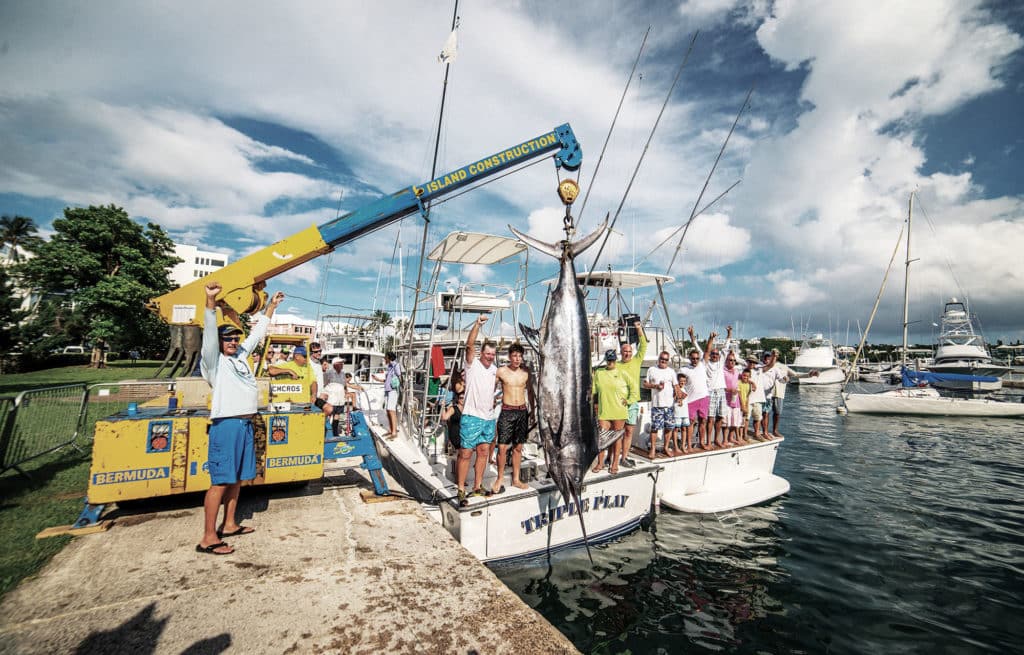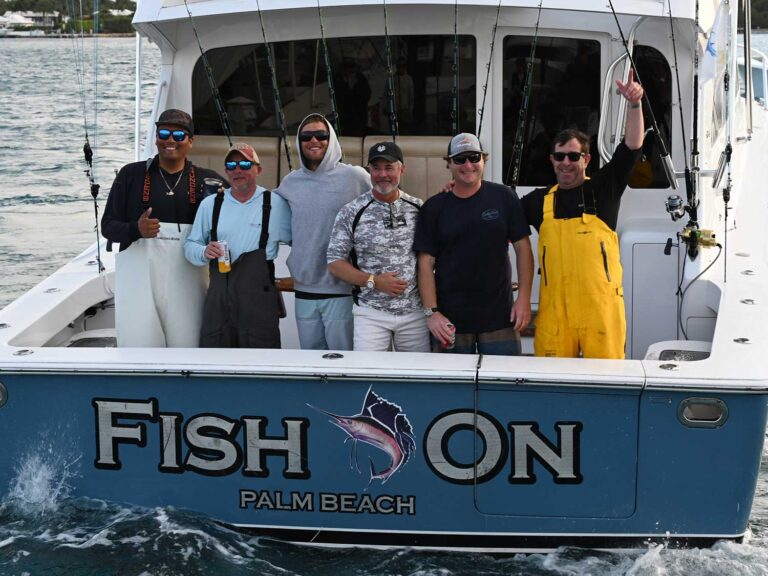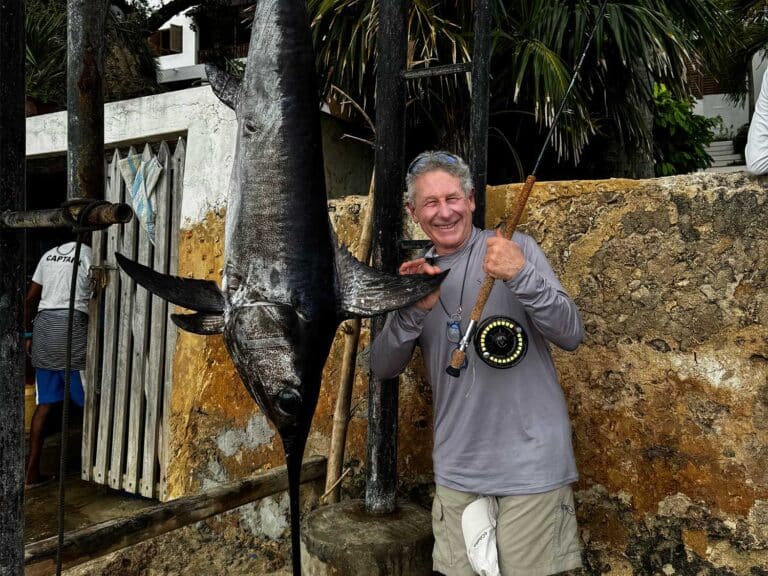
Billfish anglers have a lot to be proud of in terms of conservation over the past several decades. The adoption of circle hooks has done wonders for both increasing the number of fish we see in our spreads as well as lowering post-release mortality. Releasing marlin instead of killing them is also the accepted norm now and, for the most part, long gone are the days where billfish are strung up at the dock just to see them twist in the wind.
All of this is great, but the debate still ensues whether it’s acceptable (socially, biologically or otherwise) to kill a billfish, and the controversy remains.
In order to objectively address the question, let’s first try to put recreational billfish harvest into context. In the Atlantic, for example, the United States has the largest recreational billfish fishery. Since 2001, ICCAT has capped the U.S. at a maximum annual harvest of 250 blue and white marlin combined.
“Collectively, recreational anglers are most likely having minimal population-level impacts on billfish, especially when compared to commercial catches.”
Annual landings are typically under 100 marlin; annual sailfish landings are usually under 200 fish. In comparison, the total annual billfish landings for the Atlantic Ocean over the last 10 years have averaged 2,800 metric tons for blues and 500 metric tons for white marlin. Global estimates of recreational billfish harvest are harder, if not impossible. In terms of total global harvest, the FAO reports a 10-year average harvest of over 107,000 metric tons for all billfish. All things considered, it’s safe to say recreational harvest is a very small fraction of total harvest.
Determining the population-level impact of harvesting a single billfish is also difficult. However, it’s possible to look at the potential spawning contribution of individual fish. For example, blue marlin reach sexual maturity when they reach a lower-jaw fork length of roughly 100 inches. Blues are batch spawners that spawn multiple times over the course of a year, and females that have a lower-jaw fork length of 90 to 114 inches may produce between 3.6 million and 6.7 million eggs during each spawning event.
Blue marlin are believed to have a maximum life span of up to 20 years, and their fecundity increases exponentially, not linearly, with length. This means that the biggest females have a disproportionately larger contribution of eggs. It’s important to remember that larval and juvenile billfish are subject to intense natural mortality, so very few actually survive to the point of maturity.
“While there are still a number of tournaments that give points for killed fish, many of these events have become entirely catch-and-release over the last several decades, and most of the others have instituted separate release categories.”
Collectively, recreational anglers are most likely having minimal population-level impacts on billfish, especially when compared to commercial catches. This doesn’t mean anglers should kill billfish with impunity. Most billfish stocks are already in a depleted state, so it makes no sense to kill a fish without a damn good reason. While there are still a number of tournaments that give points for killed fish, many of these events have become entirely catch-and-release over the last several decades, and most of the others have instituted separate release categories. While the IGFA still keeps billfish records, less than a handful of record applications are received each year — the IGFA has approved only 93 billfish records in the last decade.
I’m sorry to disappoint if you wanted a definitive answer for this question. Ultimately, it’s up to the angler if it’s OK to legally harvest a billfish. While a single billfish killed by an angler has little to no negative impact on the population, it’s also important to remember that it’s our collective actions that determine how we affect billfish stocks and how we are perceived as a fishing community.







